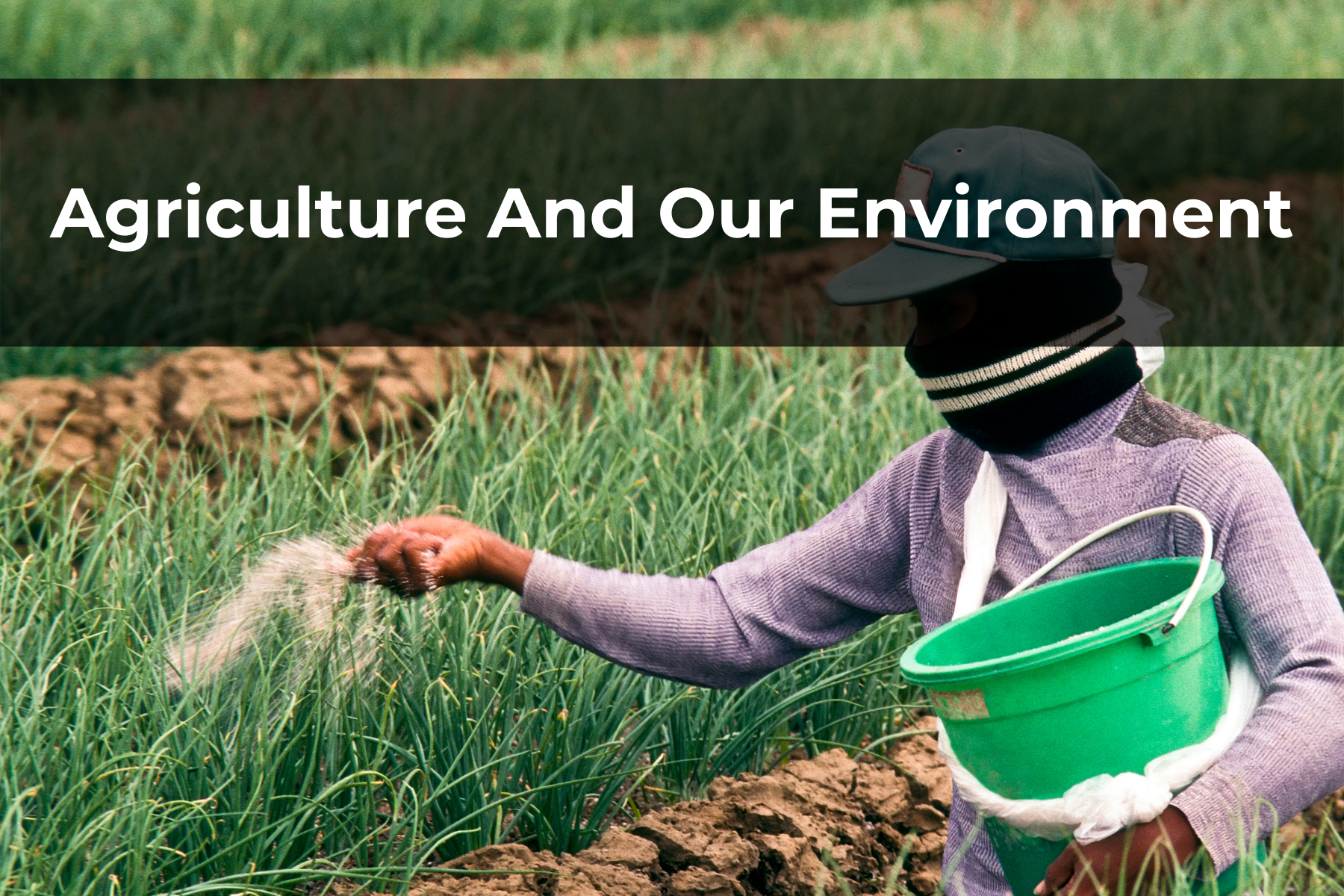Last Updated on April 10, 2024 by Real Men Sow
Among the leading courses of environmental devastation in the world is agriculture. There is somewhat of a symbiotic relationship between agriculture and our environment but the devastating effects outweigh the positive effect of this relationship. The way we cultivate the food we need can be devastating, not only in terms of the emissions generated by certain practices but by the loss of habitats that might result from them.
It’s worth remembering that agriculture isn’t just about creating food: it’s also about raw materials used for other things. Many of these materials aren’t widely recognized as products of the agriculture industry. Various types of fuels, plastics and pharmaceuticals originate in cultivated plant matter!
How agriculture affects the environment
The agriculture industry affects the environment in several different ways.
The most obvious of these might be methane emissions that come directly from the digestive tracts of cattle and other livestock. The nitrogen-rich fertilizers used to promote growth in farming mean that substantial quantities of nitrogen are coming into contact with soil. This has been shown to contribute to fine-particulate pollution. While we might associate dirty air with dense road traffic in inner cities but it is also simultaneously a rural problem. This is something that can be offset through air pollution control, but reducing emissions in the first place is also critical.
How farming is affecting our environment
We should also consider the volume of farmland that must be devoted to the feeding of these animals. In free-range livestock, the problem is even worse, since a greater area of land is required. Land that is used for farming cannot be used for other, carbon sequestering purposes, like forests.
Livestock
Waste material from animals isn’t treated in the same way as human waste is. Too often, it finds its way into rivers, where it can cause untold damage. As well as the emissions produced directly by livestock, we also need to consider the inherent inefficiency of livestock as compared to plant-based alternatives. In order to rear a cow, for example, a lot of grass has to be grown, and a lot of water and land use. That’s before we even get to the pesticides and fertilizers necessary to grow the food in the first place.
The result of all of this is that livestock is more carbon-intensive than lentils and beans, per gramme of protein being consumed. Some animals, like cattle, are especially intensive.
What’s the solution?
The easiest way to reduce your emissions personally is to make a switch to a plant-based diet, or at least to phase out meat on certain days of the week. While you might point out that many popular fruits and vegetables, like avocados and pineapples, are shipped from across the world, you also need to bear in mind that shipping via sea is enormously efficient, since boats can carry huge quantities of food at the same time.
With all of that said, it’s still a good idea to eat locally-grown foods that are in season. If you’re living in the UK, that means looking for the Union Jack.

